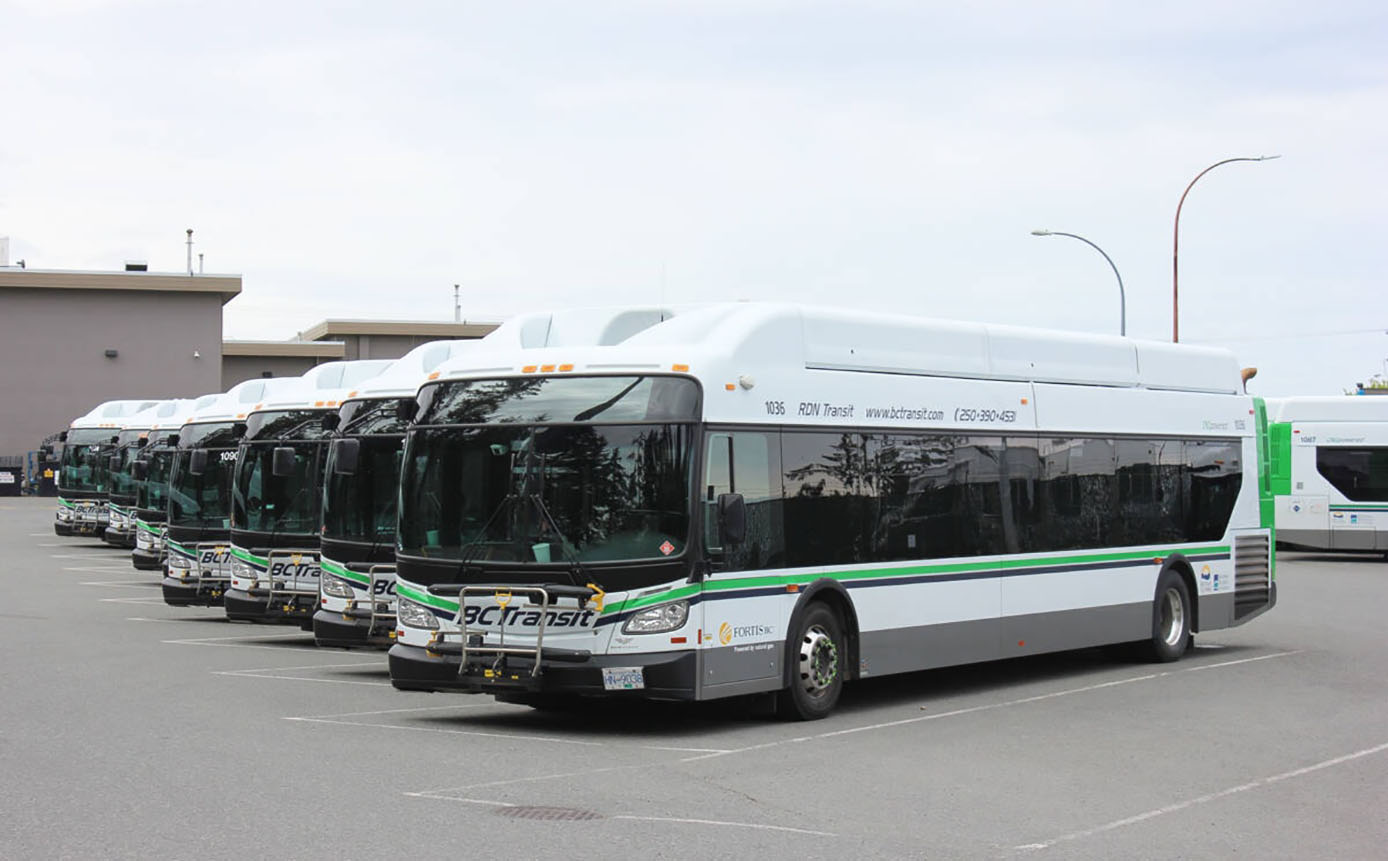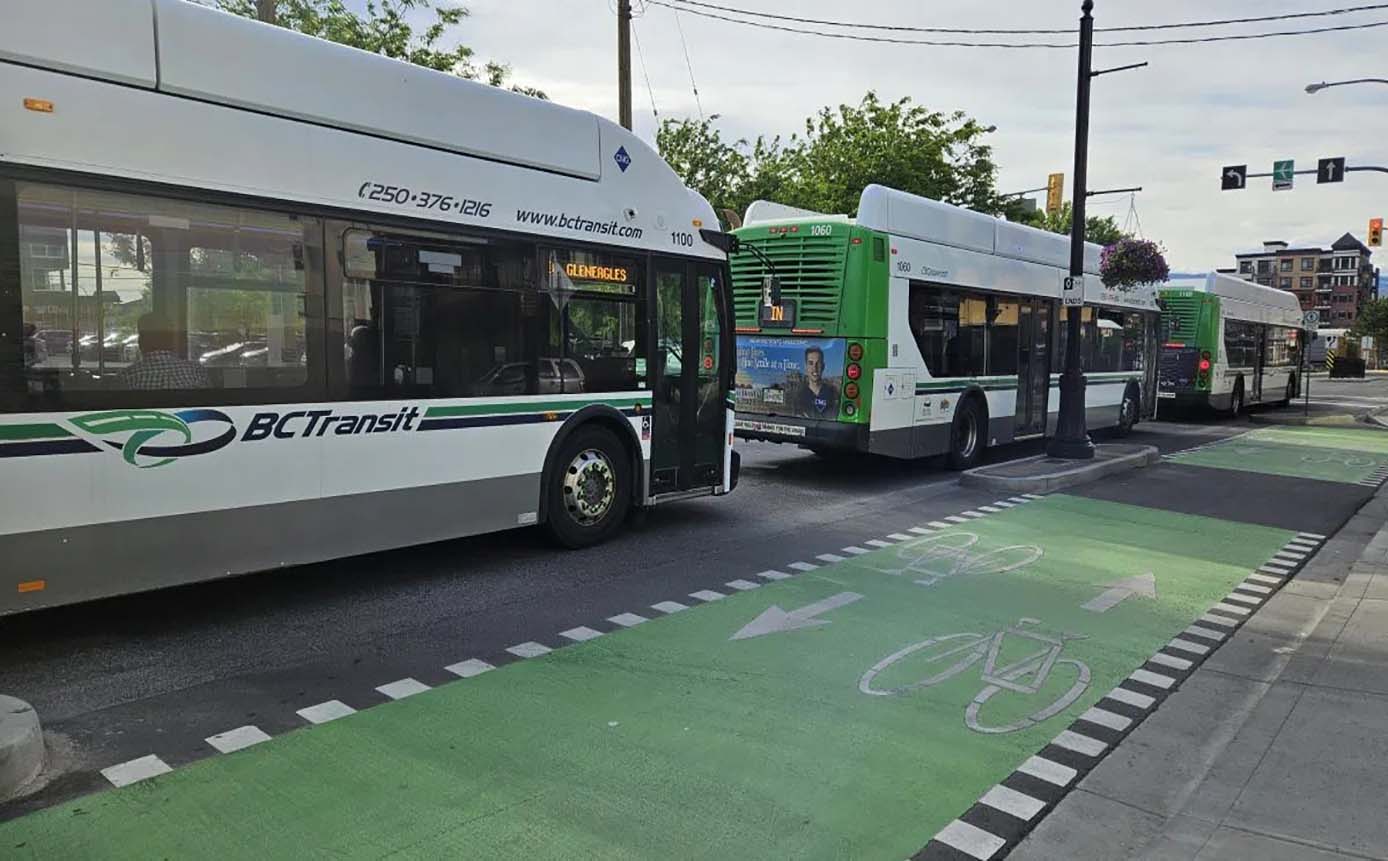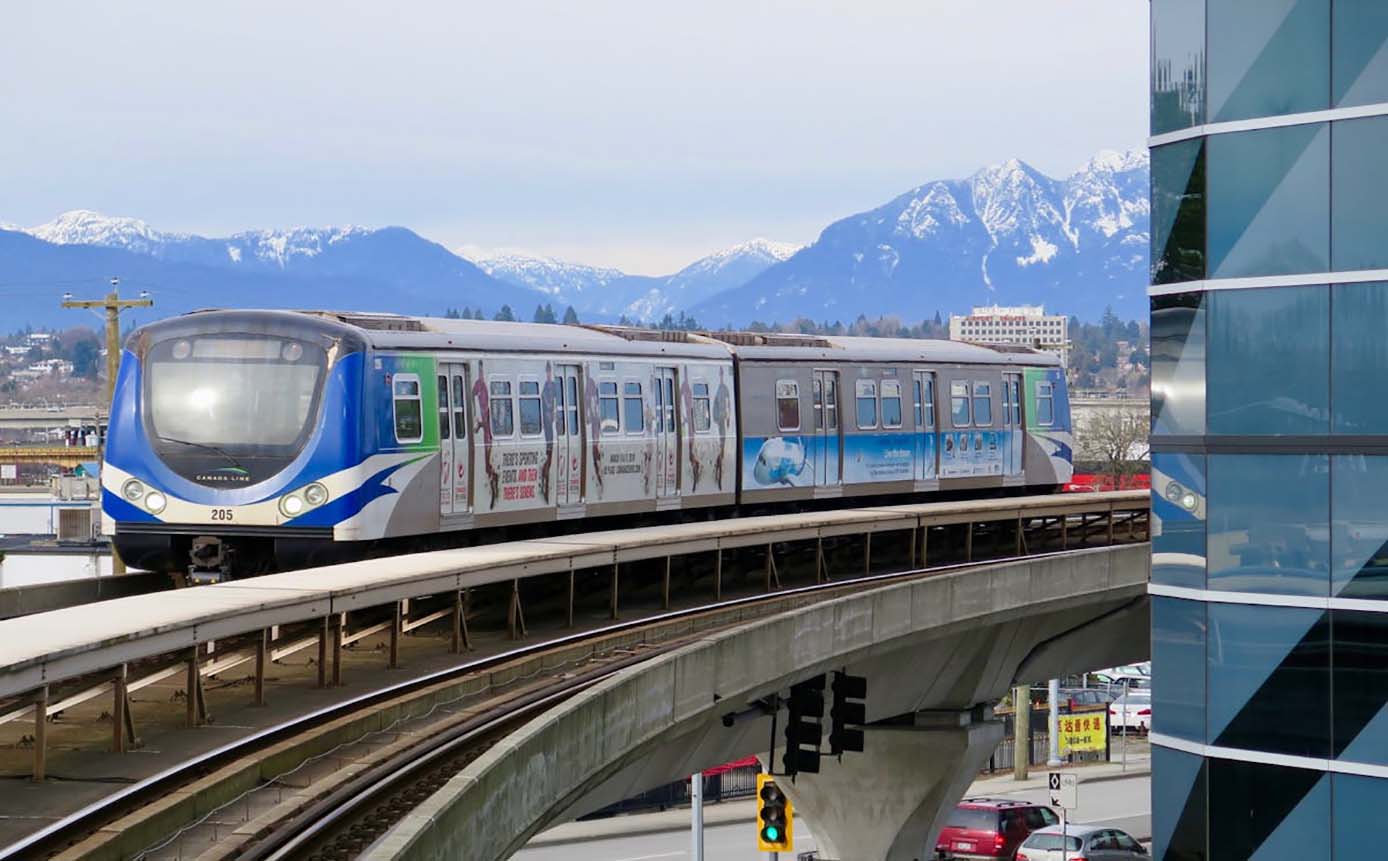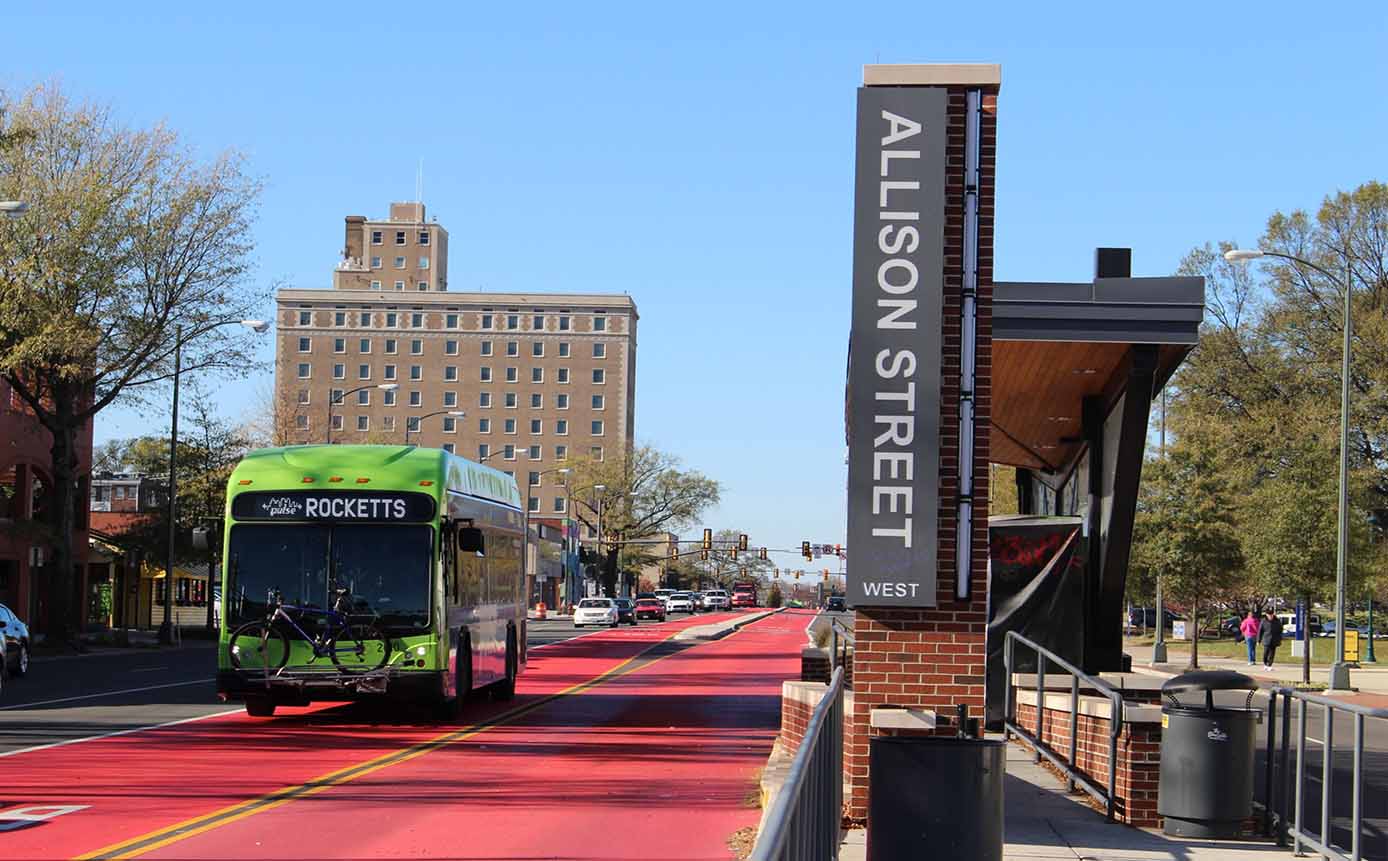Arriving in Kelowna, I was immediately struck by the city’s unique combination of natural beauty and urban convenience. Nestled in the Okanagan Valley, surrounded by mountains and the shimmering Okanagan Lake, it’s a city that feels both expansive and walkable. While many visitors might think renting a car is the only practical way to explore, I quickly discovered that Kelowna’s public transit system, particularly the bus network, offers a surprisingly convenient and efficient way to get around.
During my first few days, I experimented with different routes, schedules, and ticketing options, discovering tips and tricks that made commuting much easier. In this guide, I want to share a detailed breakdown of Kelowna’s bus network, my personal experiences navigating it, and recommendations for tourists, especially first-timers, who want to rely on public transportation to explore the city. Along the way, I’ll also mention useful platforms for booking flights, hotels, dining, and other activities—such as Expedia.ca, Booking.com, Airbnb, OpenTable, and Klook—to help make your trip smooth from start to finish.
Kelowna’s Public Bus System – An Overview
The public transit system in Kelowna is primarily managed by BC Transit, and it forms the backbone of the city’s transportation network. Unlike sprawling metropolitan areas such as Vancouver or Toronto, Kelowna’s bus system is smaller, but this compactness works to its advantage—particularly for first-time visitors. The routes are easy to understand, schedules are predictable, and the buses themselves are clean and well-maintained. Whether you’re heading to downtown, exploring residential neighborhoods, or visiting major tourist destinations, the bus system offers a reliable way to get around without the stress of parking or traffic.
The main downtown hub is located near Bernard Avenue, and it serves as the central point where multiple routes converge. From this hub, buses branch out to key residential areas such as Rutland, Glenmore, and Mission, connecting locals and visitors alike to the essential parts of the city. Important destinations, including Prospera Place, the Kelowna Regional Transit Exchange, and the airport, are all linked efficiently, making it convenient for tourists to navigate without a personal vehicle.
My First Ride
On my first day exploring Kelowna by bus, I boarded a route that followed Highway 97, one of the city’s main arteries. From the moment I stepped on, I was struck by the system’s reliability and orderliness. The buses ran exactly on schedule, and digital displays provided real-time updates on upcoming stops. Even during the morning rush, the ride was surprisingly calm. The driver greeted passengers warmly, answering questions about transfers and connections with patience and clarity.
What struck me most was how immersive the experience felt. Riding the bus offered a window into daily life—students heading to school, professionals commuting to work, and locals visiting vineyards or coffee shops along the route. I found that, more than just a means of transportation, the bus became a lens through which I could observe the rhythms and nuances of Kelowna life, offering a perspective I would have completely missed if I had driven myself.
Ticketing and Fares
Understanding the fare system is essential for first-time visitors. Kelowna operates on a zone-based fare structure, meaning the cost varies depending on how far you travel.
- Cash Fares: Standard adult fare is CAD \$2.00–\$2.50 per ride. Exact change is required if paying cash.
- DayPass: For CAD \$5.00, a DayPass allows unlimited travel on all local routes for the day. This is ideal for tourists planning multiple trips or hopping between attractions.
- Stored Value Cards: BC Transit offers reloadable smart cards that deduct fares automatically, making boarding faster. I found these cards very convenient when I didn’t want to fumble with coins.
Tip: Always check the BC Transit website or app for the latest fare updates and route maps. Mobile apps provide real-time bus locations, which is extremely useful, especially in February when weather conditions can delay services.
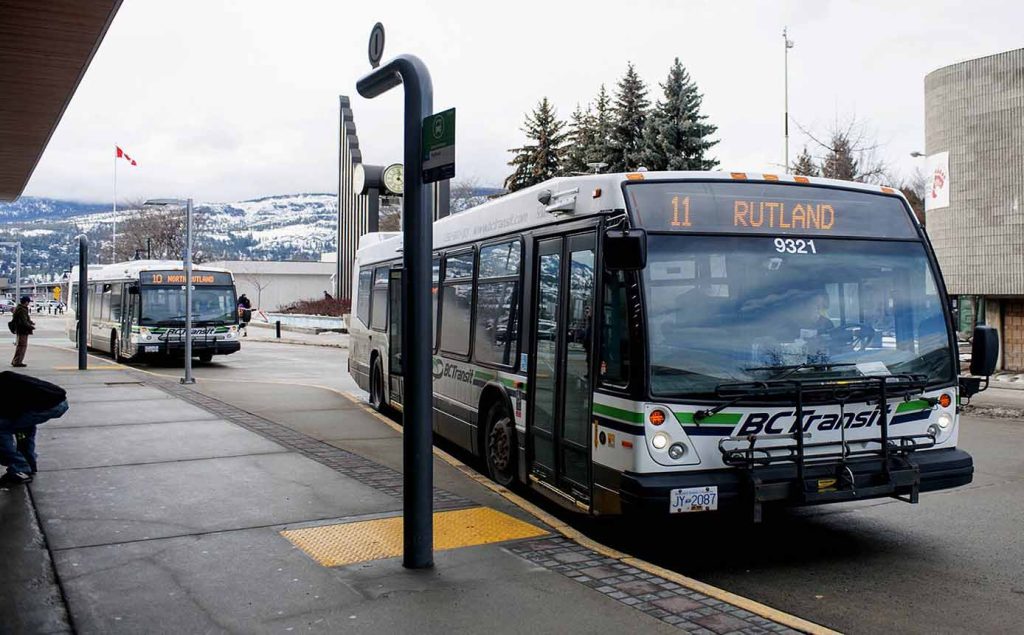
Key Bus Routes for Tourists
Route 1 – Downtown to Orchard Park
One of the most useful routes is Route 1, which connects downtown Kelowna to Orchard Park Mall, a major shopping and dining area. During my visit, I used this route to shop for local souvenirs and to experience the local food scene. Buses run every 15–20 minutes during peak hours, which means I never had to wait long.
Photography Tip: Riding along Highway 97 provides unique perspectives of the valley, with vineyards and mountains visible from the bus window. Early morning light creates perfect photo opportunities.
Route 2 – Downtown to Rutland
Route 2 takes you from downtown to the Rutland neighborhood, a diverse area known for local markets and community events. I often used this line to explore lesser-known parts of the city and to discover quaint cafés and bakeries that I wouldn’t have found otherwise.
Route 23 – Kelowna Airport Connection
For tourists flying into Kelowna International Airport (YLW), Route 23 is the lifeline. The bus runs regularly between the airport and downtown, making it easy to reach hotels without renting a car.
Cost: CAD \$3.00–\$4.00 depending on the distance.
Tip: Carry exact change or use a smart card for faster boarding.
Accessibility and Comfort
All buses in Kelowna are wheelchair accessible and offer spaces for strollers, making them family-friendly. During my trips, I noticed that seats are comfortable, and the buses are heated in winter, which is essential in February when temperatures can dip below freezing. The drivers were consistently courteous and helpful, offering guidance to unfamiliar tourists without being prompted.
I also appreciated that most buses are equipped with bike racks, allowing locals and tourists alike to combine cycling with public transit—a perfect option for those wanting to explore the scenic Okanagan Lake trails while minimizing walking.
Tips for First-Time Visitors
- Plan Ahead: Use the BC Transit app to track buses in real time. This is especially useful if you’re transferring between routes.
- Carry Change: While smart cards are convenient, cash fares require exact change. I kept a few coins in a small travel pouch for easy access.
- Buy a DayPass: If you’re hopping between attractions, a DayPass saves money and simplifies travel.
- Travel Light: Winter coats and bags can take up space, so try to travel with only what you need for the day.
- Observe Local Etiquette: Kelowna locals are polite and wait for passengers to board and alight safely—be courteous in return.
- Combine Transit With Walking: Many scenic areas, like Waterfront Park and City Park, are within walking distance of bus stops.
- Winter Preparedness: February weather can be chilly—dress in layers and wear waterproof boots.
Combining Bus Travel With Local Experiences
Relying on public transportation gave me a different perspective on Kelowna. I could hop off at Bernard Avenue to explore the downtown art scene, take Route 1 to Orchard Park for a shopping spree, or catch Route 23 to the airport without worrying about parking. It made the city feel accessible and human-scaled.
Dining Near Bus Stops
One of my favorite finds was Raudz Regional Table (1560 Water Street), just a short walk from a downtown bus stop. The seasonal menu highlights local ingredients, and after a morning on the bus, the hearty meals felt like a reward. Booking a table through OpenTable ensured I didn’t wait in the February chill.
Accommodations Accessible by Bus
Staying close to the downtown hub means you can rely almost entirely on buses. Hotels like the Delta Hotels by Marriott Grand Okanagan Resort or Hotel Zed are within a short walk from major bus routes, making it simple to explore without renting a car. I frequently used Booking.com and Airbnb to secure rooms near transit.
Combining Transit With Other Modes
While buses are excellent for most of the city, combining public transit with cycling or short rideshare trips can expand your options. I often took a bus downtown, then rented a bike near the Waterfront Boardwalk to explore Knox Mountain Park or the lakeside trails.
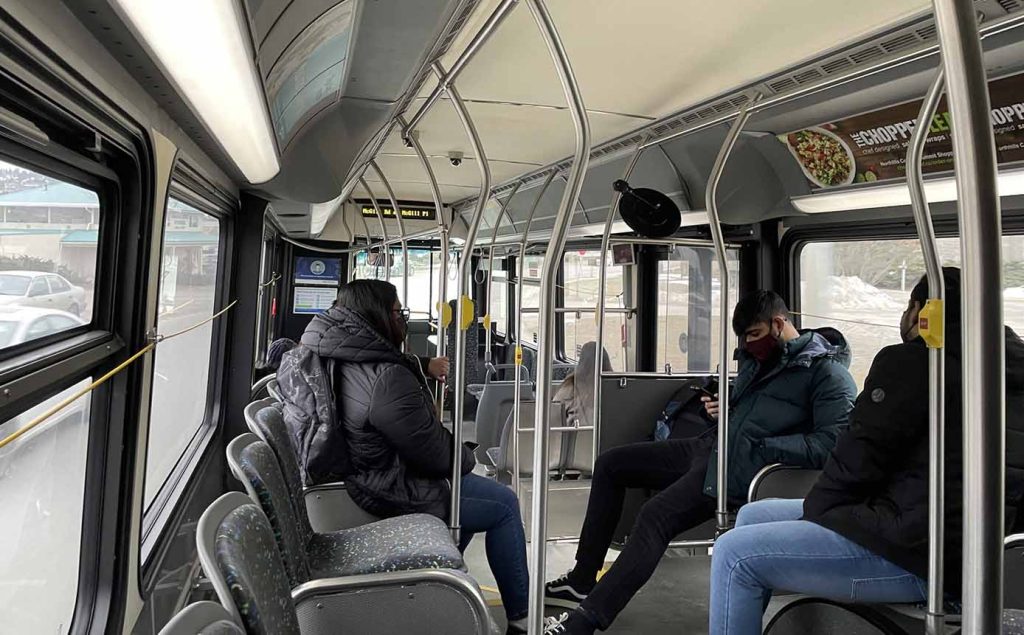
Emotional Reflections – Experiencing Kelowna at a Human Pace
Riding Kelowna’s buses allowed me to observe the city differently than if I had been driving. I noticed locals chatting at stops, students carrying backpacks to school, and families heading to weekend markets. Each ride offered small windows into daily life while connecting me efficiently to the places I wanted to see.
The buses were not just a mode of transportation—they were a lens to see the city in motion, a place where the urban pulse met the calm of the surrounding natural landscapes. February’s quiet charm enhanced the experience, giving me moments of reflection I might have missed during a summer visit.
Why Public Transit Enhances Your Kelowna Visit
For first-time visitors, relying on Kelowna’s bus network is not only economical but also enriching. It offers access to downtown, neighborhoods, scenic areas, and even the airport without the hassle of parking. By planning ahead, using smart cards or DayPasses, and familiarizing yourself with the main routes, you can navigate the city efficiently and comfortably.
Combine your bus travels with walking, cycling, or short rideshare trips, and you’ll discover Kelowna’s charm from multiple perspectives. Platforms like Booking.com, Expedia.ca, Airbnb, Klook, and OpenTable make trip planning seamless, from accommodations and dining to excursions and tickets.
Using public transit allowed me to experience Kelowna at a human pace—slowing down, noticing the details, and appreciating the city’s unique blend of urban life and natural beauty. By the end of my trip, I realized that exploring a city by bus offers a richer connection than driving ever could.
